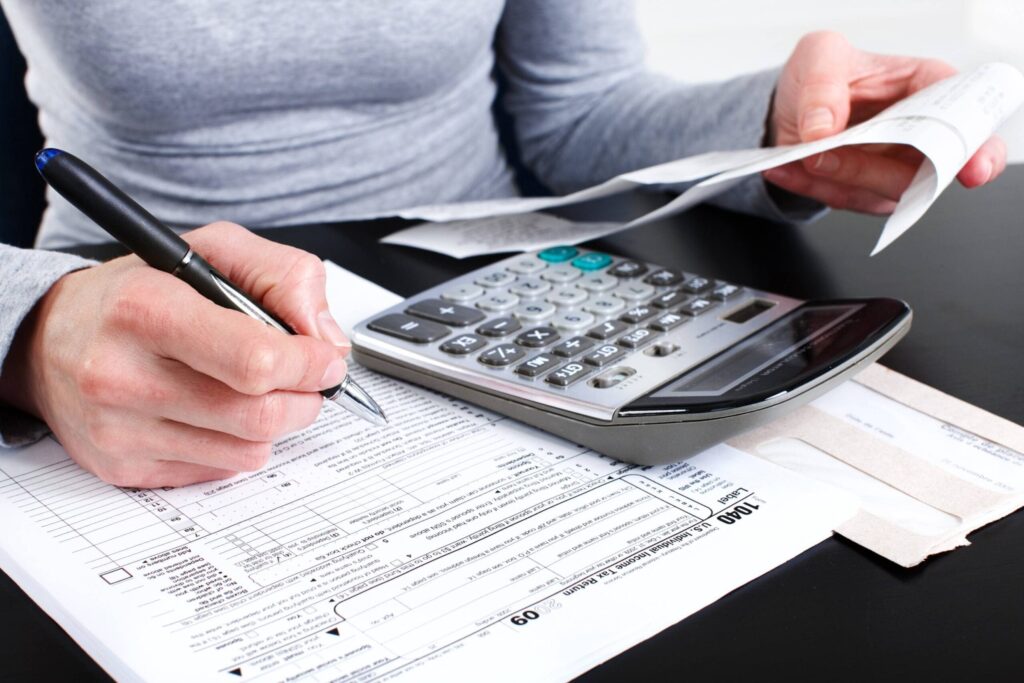Today, we will talk about managing personal expenses, because in today’s fast-paced world, mastering the art of expense management has become more crucial than ever. With multiple payment methods, subscription services, and increasingly complex financial products, keeping track of where your money goes can seem overwhelming.
However, effective expense control isn’t just about cutting costs—it’s about understanding your spending patterns, aligning your expenses with your values, and creating a sustainable financial future. This comprehensive guide will walk you through the essential principles and practical strategies for taking control of your expenses.

Understanding Your Current Financial Situation – managing personal expenses
The Deep Dive into Your Spending Patterns
Before implementing any expense control system, it’s crucial to gain a crystal-clear understanding of your current financial situation. This process involves more than just glancing at your bank statements; it requires a systematic analysis of every dollar flowing through your life. Start by gathering three to six months of financial statements from all your accounts—checking, savings, credit cards, and any digital payment platforms you use.
During this analysis phase, pay special attention to recurring expenses, which often form the backbone of your spending.
These might include fixed costs like rent or mortgage payments, utilities, and insurance premiums, as well as variable recurring expenses such as grocery shopping, entertainment subscriptions, and dining out. Understanding these patterns provides the foundation for meaningful financial changes.
Categorizing Your Expenses: Beyond Basic Budgeting – managing personal expenses
While traditional budgeting often focuses on broad categories like “food” or “entertainment,” effective expense management requires a more nuanced approach. Create detailed subcategories that reflect your specific lifestyle and spending patterns. For example, instead of a general “food” category, you might break it down into:
- Grocery staples
- Specialty food items
- Weekday lunches
- Weekend dining
- Coffee shops and snacks
- Food delivery services
This detailed categorization serves multiple purposes. First, it provides greater visibility into where your money is actually going. Second, it helps identify specific areas where changes can have the most impact. Finally, it makes it easier to set realistic and specific goals for expense reduction.
Building Your Expense Control System – managing personal expenses
Creating a Sustainable Framework – managing personal expenses
The most effective expense control systems are those that you can maintain over the long term. This means finding a balance between detail and practicality. Your system should be:
Comprehensive enough to capture all significant expenses
Simple enough to maintain consistently
Flexible enough to adapt to changing circumstances
Automated where possible to reduce the daily burden of tracking
Modern technology offers numerous tools to help build this framework. Consider using a combination of:
- Banking apps with automatic categorization features
- Dedicated expense tracking applications
- Spreadsheet templates for detailed analysis
- Digital receipt storage solutions
- Automatic bill payment systems
The Power of Real-Time Tracking – managing personal expenses
One of the most significant shifts in modern expense management is the ability to track spending in real-time. This immediate feedback loop can dramatically impact spending decisions and help prevent budget overruns before they occur. Implement a system that allows you to:
Check your current spending against budget categories at any time
Receive alerts when approaching category limits
Automatically categorize transactions as they occur
Flag unusual or potentially fraudulent charges quickly
Advanced Expense Management Strategies – managing personal expenses
The Psychology of Spending
Understanding the psychological aspects of spending is crucial for long-term success in expense management. Our spending habits are often deeply rooted in emotional patterns, social pressures, and ingrained behaviors. Recognizing these influences allows us to make more conscious spending decisions.
Consider implementing psychological techniques such as:
- The 24-hour rule for non-essential purchases
- Maintaining a “want list” with waiting periods
- Using cash for discretionary spending
- Setting specific savings goals to motivate reduced spending
- Practicing mindful spending through purchase journaling
Optimization Techniques for Regular Expenses
Many regular expenses can be optimized through careful analysis and strategic changes. This process involves:
- Regular Service Provider Reviews
- Annual insurance policy comparisons
- Utility provider evaluations
- Subscription service audits
- Banking fee assessments
- Bulk Purchasing Strategies
- Identifying items that are cheaper in bulk
- Calculating storage costs and expiration dates
- Coordinating group purchases with family or friends
- Taking advantage of seasonal sales
- Technology Optimization
- Using price comparison tools
- Implementing automatic price tracking
- Utilizing cashback and rewards programs
- Leveraging bill negotiation services
Creating Sustainable Habits
Building Long-Term Financial Behaviors
Sustainable expense control relies on developing habits that become second nature. These habits should include:
Daily Practices:
- Checking account balances
- Recording expenses promptly
- Reviewing automated categorization
- Making conscious spending decisions
Weekly Routines:
- Reviewing recent transactions
- Adjusting category allocations if needed
- Planning for upcoming expenses
- Reconciling receipts and statements
Monthly Reviews:
- Analyzing spending patterns
- Adjusting budgets as needed
- Reviewing progress toward financial goals
- Planning for upcoming large expenses
Adapting to Life Changes
Your expense control system needs to be flexible enough to adapt to major life changes such as:
- Career transitions
- Family changes
- Relocation
- Income fluctuations
- Emergency situations
Leveraging Technology for Better Control
Digital Tools and Automation
Modern expense management benefits greatly from technological advances. Key areas to leverage include:
Automated Tracking:
- Bank feed integration
- Receipt scanning
- Category recognition
- Real-time updates
Analysis Tools:
- Spending pattern visualization
- Trend analysis
- Predictive budgeting
- Goal progress tracking
Security Features:
- Transaction monitoring
- Fraud alerts
- Secure data storage
- Backup systems
Crisis Management and Emergency Planning – managing personal expenses
Preparing for Financial Emergencies
A robust expense control system should include provisions for handling unexpected situations:
Emergency Fund Management:
- Determining optimal fund size
- Establishing automatic contributions
- Setting clear usage guidelines
- Planning replenishment strategies
Expense Prioritization:
- Creating essential vs. non-essential hierarchies
- Identifying quick reduction opportunities
- Maintaining flexibility in fixed expenses
- Developing alternative income sources
Measuring Success and Making Adjustments – managing personal expenses
Key Performance Indicators
Track your progress using meaningful metrics such as:
- Monthly savings rate
- Expense reduction percentage
- Debt reduction progress
- Financial goal achievement
- Emergency fund growth
- Discretionary spending trends
Continuous Improvement – managing personal expenses
Regular system evaluation ensures your expense control methods remain effective:
Quarterly Reviews:
- System effectiveness assessment
- Goal progress evaluation
- Category adjustments
- Technology optimization
Annual Planning:
- Comprehensive financial review
- Long-term goal adjustment
- System upgrade considerations
- Life change accommodation
Making It All Work Together
Successful expense management is a journey, not a destination. It requires consistent effort, regular adjustment, and a commitment to long-term financial health. The key is to build a system that works for your specific situation while remaining flexible enough to adapt as your life changes.
Remember that the goal isn’t just to spend less—it’s to spend intentionally in ways that align with your values and support your long-term financial objectives. By implementing the strategies outlined in this guide and consistently monitoring and adjusting your approach, you can develop an expense control system that serves you well for years to come.

